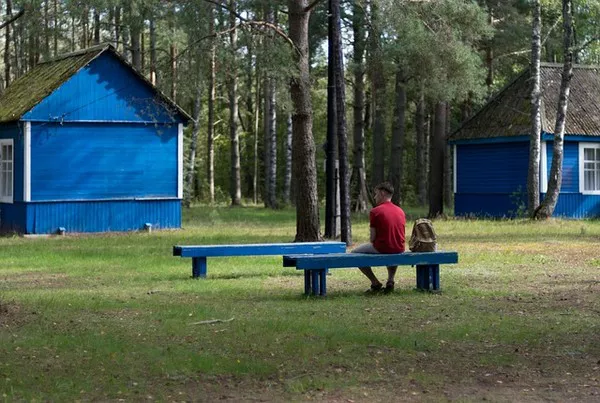To address the urgent challenges of climate change, biodiversity conservation, and sustainable development goals, the crucial role of tree replanting cannot be overstated. A recent study published in Frontiers in Forests and Global Change emphasizes the significance of mixed forests in carbon storage, resilience against environmental threats, and the support of biodiversity.
Led by Dr. Emily Warner, a postdoctoral researcher in ecology and biodiversity science at the University of Oxford, an international team of scientists compared carbon stocks in mixed planted forests to both commercial and best-performing monocultures. Their findings underscore the substantial benefits of diversification in forest systems.
The study revealed that diverse planted forests store over 70% more carbon than monocultures. The researchers noted a significant increase in carbon storage in four-species mixtures, highlighting the effectiveness of varied species in enhancing carbon sequestration. Notably, forests with two species also demonstrated a considerable advantage over monocultures, storing up to 35% more carbon.
The analysis, which incorporated studies dating back to 1975 and unpublished data from global tree diversity experiments, emphasized the importance of species richness in maximizing carbon storage potential. While four-species mixtures were identified as the most effective carbon sinks, forests with six species did not show a clear advantage over monocultures.
The study’s lead author, Dr. Emily Warner, emphasized the broader implications of their findings, stating, “As momentum for tree planting grows, our study highlights that mixed species plantations would increase carbon storage alongside other benefits of diversifying planted forests.” The research suggests that incorporating diverse species in new planted forests offers a productivity incentive and aligns with sustainable forest management practices.
Dr. Susan Cook-Patton, a senior forest restoration scientist at The Nature Conservancy and a collaborator on the study, emphasized the relevance of the results for forest managers. The study provides valuable insights into the potential of mixed forests to store more carbon and encourages a shift toward diversification in tree planting initiatives.
While recognizing the study’s limitations, including the scarcity of data from older forests and those with higher tree diversity, the researchers stressed the need for long-term experimental data. Understanding the mechanisms behind the observed results will be crucial for maximizing the carbon storage benefits of forest diversification in different contexts, locations, and forest ages.


